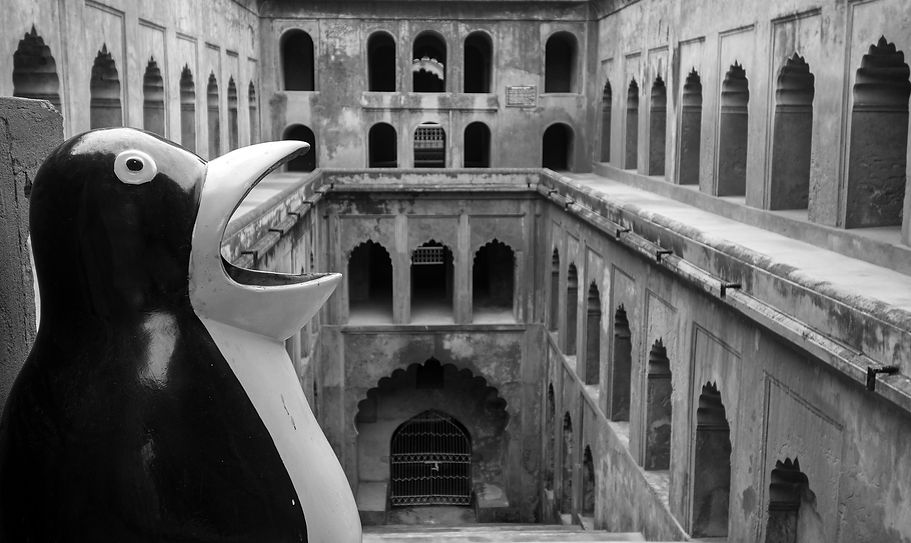Isn’t there something uncanny about the flow of time? Hardly anything drifts quietly like it. Every fleeting second is escorted by yet another second. If this was the last moment, what would be thereafter? Endless questions, but not many satisfactory answers.

Rameswaram

Ellora

Lucknow

Goa

Ellora

Hyderabad
Most moments are fleeting, but some are lasting. For instance, when a mushroom cloud rises from the ground, molten concrete will tattoo upon itself the shadow of the world around it — A world built for millennia but destroyed in a flash. Since their humble beginnings as cave-dwellers, humans have been on a binge: making the simplest tools to hunt, simpler tools to farm, and simple tools to raise buildings. Not a disciple of simple living, humankind has also shaped complex devices that can outlast or destroy itself.

Chennai

Dhanushkodi

Gandikotta

Chennai

Goa

Srirangapattana
Where do we place ourselves? Are we with the moving time or the static buildings? We can't be with either of them. We don't outlast them either. Enslaved by time, we can watch our moments elapsing and our creations growing old.

Gulbarga

Jodhpur

Delhi

Hyderabad
An insatiable urge seems to drive civilisations to build more and more. Giant structures made of stones, bricks, concrete, and steel dot the ground, standing as a testimony to this urge. These edifices ruin only gradually, facing the blow of time, even as their nameless creators have long vanished in the abyss. Seasons alter, shadows grow and die, and weather chisels away fine engravings. Yet, these pillars of civilisation refuse to turn into dust. Unlike a photograph that freezes a specific moment, the archaic edifices let moments fleet under their feet.

Hyderabad

Ajanta

Ladakh

Puducherry

Delhi

Hampi
Along with buildings of the yonder, gods and goddesses cutting across nationality and race, too, outlast their creators. They refuse to age and decline to change their attitude and attire. Probably, they won’t outlast if they update. Inherited through generations and imagined for posterity, the gods and goddesses languish in cold storage. Does their immortality arise out of their servitude to time?

Ajanta

Murshidabad

Srirangapattana
Care to imagine time as a sailship that keeps on circling a featureless ocean? Where did it start, and where will it stop? We wave at the ship before we sink into the depths of the ocean. While passing by, the ship just watches us mortals with an ironic smile. Aren’t we all lucky to perish?

Konark

Hyderabad
